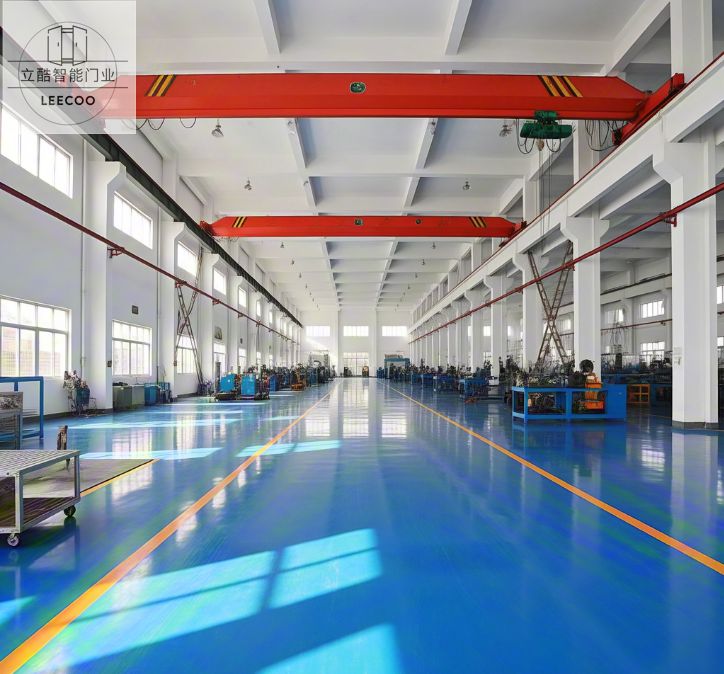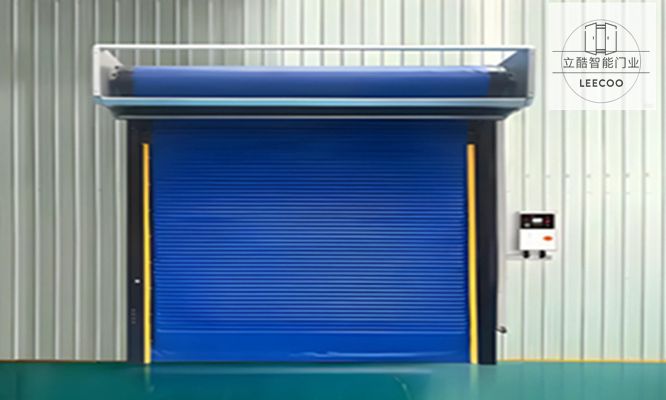1. Definition and Function of Fire Doors
A fire door is a specially designed safety component engineered to resist the spread of fire, smoke, and heat within a building or industrial facility. Unlike standard doors, fire doors are constructed using fire-resistant materials (e.g., steel, gypsum, or vermiculite cores) and are equipped with intumescent seals that expand when exposed to high temperatures, sealing gaps to prevent flame and smoke penetration.
Key Functions:
Compartmentalization: Divide a building into fire-resistant sections to slow fire propagation.
Safe Egress: Provide protected escape routes for occupants during emergencies.
Asset Protection: Safeguard critical equipment, chemicals, or infrastructure in industrial settings.
Compliance: Meet regulatory standards (e.g., NFPA 80 in the U.S., BS 476 in the UK, or EN 13501 in Europe).

Fire doors operate on principles of thermal insulation and structural integrity:
Material Science: Fire-resistant cores absorb and dissipate heat, while steel frames maintain stability under extreme temperatures.
Sealing Mechanisms: Intumescent strips react to heat, swelling to block gaps and prevent smoke leakage.
Certification Testing: Doors undergo rigorous testing (e.g., ASTM E119 or ISO 834) to determine their fire-rating (e.g., 30, 60, or 90 minutes of resistance).
Industrial environments pose unique risks due to flammable materials, high-temperature processes, and complex layouts. Key precautions include:
Certified Components: Use only fire doors tested and approved for industrial use (e.g., heavy-duty hinges, self-closing mechanisms).
Regular Inspections: Check for damage, obstructions, or worn seals. Replace compromised doors immediately.
Automatic Closures: Ensure doors self-close and latch properly to prevent accidental opening during fires.
Integration with Alarms: Fire doors should interface with smoke detectors or sprinkler systems for rapid response.
Pressure Management: In high-rise industrial facilities, balance door resistance with HVAC systems to avoid pressure-related failures.
Chemical Resistance: In hazardous material zones, use doors with corrosion-resistant coatings or explosion-proof designs.
Thermal Insulation: For furnaces or boilers, select doors rated for extreme heat (e.g., 120-minute resistance).
Access Control: Combine fire doors with electromagnetic locks or biometric systems for secure yet rapid egress.
Employee Education: Train workers on fire door operation, evacuation protocols, and prohibition of propping doors open.
Regulatory Adherence: Align with OSHA, NFPA, or local fire codes for installation, labeling, and documentation.
Pitfall 1: Propping doors open for convenience.
Solution: Install door retainers connected to fire alarms to allow temporary opening without compromising safety.
Pitfall 2: Ignoring surrounding structures.
Solution: Ensure walls, frames, and floors around fire doors meet equal fire-resistance ratings.
Pitfall 3: Overlooking maintenance records.
Solution: Maintain a log of inspections, repairs, and certifications for audits and liability protection.

Fire doors are vital passive fire protection tools, but their effectiveness hinges on scientific design, rigorous maintenance, and industry-specific customization. In industrial settings, where fires can escalate rapidly, proactive risk assessment and adherence to safety standards are non-negotiable. By integrating fire doors into a holistic safety strategy, facilities can mitigate risks, protect lives, and ensure regulatory compliance.
Key Takeaway: Fire doors are not just barriers—they are engineered life-saving systems that demand respect, expertise, and ongoing vigilance in industrial environments.
This article combines technical depth with practical insights, emphasizing the intersection of engineering principles and real-world safety challenges.
Contact:陈明龙
Phone:19200497706
Tel:19200497706
Email:shally79@sina.com
Add:佛山市南海区桂城街道夏东涌口村工业区石龙北路北区一横路5号